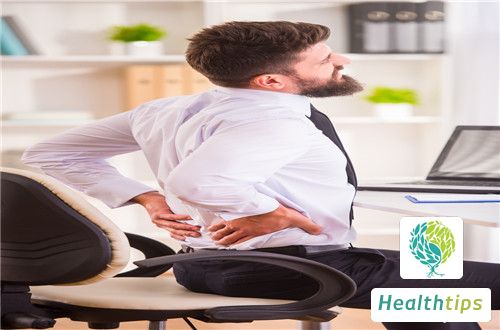Lumbar strain can be relieved through medication or food. Medication has a faster effect, while food treatment has a slower effect. In daily diet, some warm food can be eaten, and some cold food should be avoided to prevent aggravation of symptoms. If the condition is severe, anti-inflammatory and analgesic drugs can be taken.

1. Manipulation of tendon: The patient lies prone, and the practitioner massages the sacrospinal muscles on both sides with the palm of the hand. Then, the practitioner finds the tender point or painful nodule, performs acupoint pressing, plucking, and pinching one by one from top to bottom, and then applies rolling techniques. Note that the technique should not be too heavy. Alternatively, the side-lying flexion and extension method can be used. The patient lies on one side, with the affected side on top. The practitioner stands behind the patient, one hand pressing the painful area of the waist, and the other hand grasping the ankle of the affected side and pulling it backward to hyperextend the hip joint, and then flexing the hip and knee to make the thigh touch the abdomen. Then, the lower limb is stretched and straightened, repeated three times.
2. Other therapies: The third method we recommend includes massage, manipulation, and physical therapy. Massage and manipulation can promote blood circulation and relax muscles, which has a very good effect on lumbar muscle strain. Physical therapy can use ultrasound, laser, and other methods to treat lumbar muscle strain.
3. Medication: The first treatment method for lumbar muscle strain is medication, which is also a therapy recommended by doctors. The main drugs used are anti-inflammatory and analgesic drugs for oral administration, and external medication can also be used to treat lumbar muscle strain.

